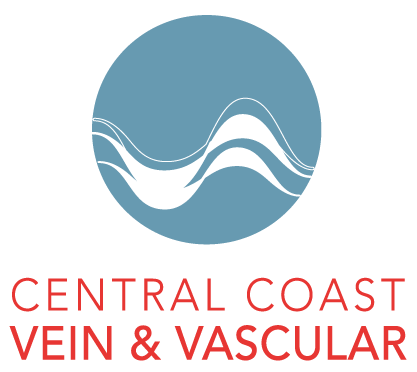
Vascular disease, a condition affecting your circulatory system, often lurks silently, developing over time without noticeable symptoms. This “silent threat” can lead to serious complications, including heart attacks, strokes, and peripheral artery disease (PAD), if left unchecked. However, by understanding the risk factors and recognizing early warning signs, you can take proactive steps to protect your vascular health.
What is Vascular Disease?
Essentially, vascular disease encompasses any condition that affects your arteries and veins. This includes the buildup of plaque in arteries (atherosclerosis), blood clots, and weakened blood vessel walls. Maintaining healthy blood flow is crucial for overall well-being.
Why Early Detection Matters
The insidious nature of vascular disease means that symptoms often appear only when the condition has progressed significantly. This is why preventative care and symptom awareness are paramount. Early detection allows for timely interventions, such as lifestyle changes, medication, or minimally invasive procedures, significantly reducing the risk of severe complications.
Recognizing the Early Warning Signs
While some individuals may experience no symptoms initially, certain signs can indicate underlying vascular issues. Pay attention to the following:
- Leg Pain or Cramping (PAD): Pain or cramping in your legs, especially during exercise, that subsides with rest, could be a sign of PAD. This occurs when plaque buildup narrows the arteries supplying blood to your legs.
- Cold Hands or Feet: Consistently cold extremities can indicate reduced blood flow.
- Numbness or Tingling: Numbness or tingling in your limbs, particularly in the legs and feet, can signal nerve damage due to poor circulation.
- Changes in Skin Color or Temperature: Discoloration of the skin, such as pale or bluish hues, or a noticeable change in skin temperature, can be indicative of vascular problems.
- Slow-Healing Sores or Wounds: Wounds that heal slowly, especially on the legs or feet, may be a sign of impaired circulation.
- Swelling in the Legs or Ankles (Edema): Swelling in the lower extremities can be a symptom of venous insufficiency, where veins struggle to return blood to the heart.
- Varicose Veins: While often considered a cosmetic issue, varicose veins can sometimes indicate underlying venous problems that can cause discomfort and signal deeper vascular issues.
- Chest Pain (Angina): Though often associated with heart disease, chest pain can also be a sign of vascular problems affecting the heart’s blood supply.
- Transient Ischemic Attacks (TIAs) or “Mini-Strokes”: Sudden weakness, numbness, difficulty speaking, or vision problems, even if temporary, should be taken seriously as potential signs of a TIA.
Taking Proactive Steps for Vascular Health
Preventative care is the cornerstone of vascular health. Here’s what you can do:
- Maintain a Healthy Lifestyle: A balanced diet, regular exercise, and maintaining a healthy weight are essential for cardiovascular health.
- Quit Smoking: Smoking significantly increases the risk of vascular disease.
- Manage Chronic Conditions: Control conditions like diabetes, high blood pressure, and high cholesterol through medication and lifestyle changes.
- Regular Checkups: Schedule regular checkups with your doctor to monitor your vascular health and discuss any concerns.
- Know Your Family History: A family history of vascular disease increases your risk.
- Listen to Your Body: Pay attention to any unusual symptoms and consult your doctor promptly.
Central Coast Vein & Vascular Can Help
If you experience warning signs of vascular disease, early detection is key. Contact CCVV today for more information and to set up a consultation.
